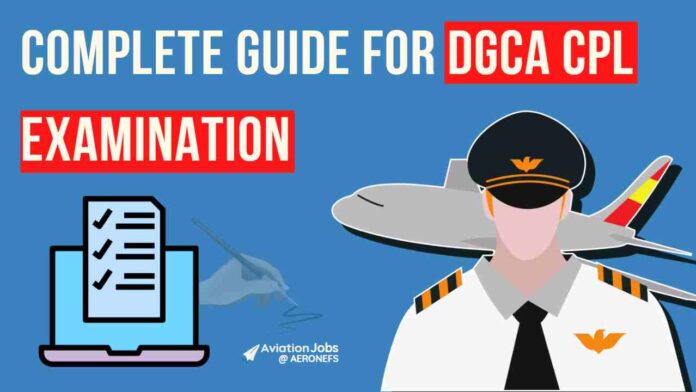Congratulations! You completed your 10+2 and decided to become a pilot. One of the main things students don’t have guidance for is the DGCA CPL examinations. In this article, we will give you detailed information and answer the most common questions about DGCA CPL examinations.
To appear in the DGCA examination you need to apply for a computer number. Thereafter there are subjects that you need to pass to gain your CPL.
1. Air Navigation
2. Aviation Meteorology
3. Air Regulations
4. Technical General
5. Technical Specific
6. Composite Paper (For Foreign License Conversion Only)
What is DGCA CPL Exam eligibility?
To appear for your CPL examination you need to clear your 10+2 with Physics & Mathematics from a recognized board/university {recognized by Council of Boards of School Education (COBSE), State Govt. Education Board} or its equivalent examination.
What is a computer number?
A computer Number is a Unique Identification Number, allotted to a candidate after his/her Computer Number Allotment Application is approved by the CEO, DGCA. This is used for appearing in DGCA examinations and for any correspondence with the CEO, DGCA. You can head to this link to know the procedure for applying for a Computer number with DGCA.
Now let’s see what these examinations are all about.
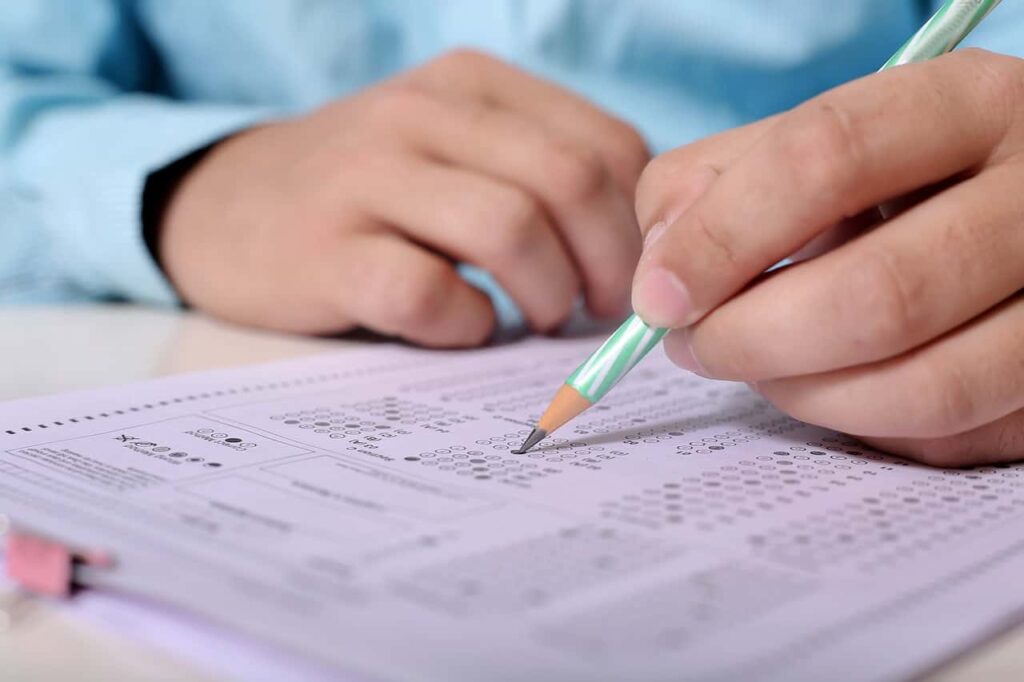
Air Navigation :
This exam is of 100 marks and contains 100 questions carrying 1 mark each. You have to score 70 marks to pass this exam i.e., you need to have at least 70 questions right out of 100 questions to pass. Navigation Computers and Scientific Calculators without multiple-memory for Air Navigation are allowed to use in the exam. The syllabus for the Air Navigation exam is as follows:
- Air Navigation (General Navigation) :
- Basics of Aviation: You learn about Basics of navigation in this part such as about our solar system, you learn time conversions where you learn how to know the present time of a location in different time zones. You get to see which units of measurement of distance and height and several factors are used in aviation and how to convert from one unit to another one.
- Magnetism and Compasses: In this part you learn about Earth magnetism as well as about Aircraft magnetism. You also learn about several errors that occur during the use of magnetic compass for navigation and learn how to fix them.
- Charts: In this part you learn about general properties of various projection (types of charts) and learn about different uses of each projection.
- Dead Reckoning Navigation (DR): This is one of the most interesting topics in the subject. This part contains most numericals. In this you learn various terms such as Track, Heading, Airspeed(IAS, CAS, EAS, TAS, Mach number), Ground Speed, Air correction and much more. Here you also learn to use a Navigation Computer such as CX3 which you use to calculate various aspects. You learn to calculate position of aircraft with help of track and headings. You calculate the maximum range of aircraft and much more.
- In-flight Navigation: You learn about navigation in all phases of your flight by calculating airspeed, wind speed and learn how to correct and revise your groundspeed, ETA.
2. Mass and Balance – Aeroplanes :
- Introduction to Mass and Balance: You learn about basic terms used for calculation of mass and balance such as Centre of gravity (CG). You also learn about limits under which your aircraft should be for safe T/O and Landings. We learn about various factors that determine maximum permissible mass of aircraft such as runway length, weather conditions, etc. We also learn about pitching moments of aircraft and stability of aircraft.
- Loading: We get to know about various terminologies such as Empty mass, Dry Operating Mass (DOM), Zero fuel mass, Payload and much more. We also learn about the effects of overloading an aircraft of its take off and landing distance and performance.
- Centre of gravity: We learn about cg calculations, movement of cg during the duration of flight and position at which cg is located. We also learn about terminology known as Datum and Moment Arm.
- Performance: We learn about performance of both multi and single engined aircrafts such as effects of mass, wind, density, altitude which effects take off and landing performance of an aircraft. We also learn about cruise performance of the aircraft in this section.
- Flight Planning and Monitoring – Aeroplanes: We learn about flight planning and the requirements for a specific route. We learn to calculate fuel required, our ground speed in accordance to wind speed and TAS, calculation of actual fuel consumption and more. We also see and learn about the ICAO ATC flight plan and its components.
- Radio Navigation: In this part we learn about various radio aids available for us as pilots and how to use them. You will learn about radio aids such as Ground D/F, ADF(NDB), VOR, DME, ILS, SSR and GPS/GLONASS.
- Instrument Navigation: In this part we learn about Instruments available for us on flight and their principal of operation. We learn about a pilot’s six pack ( ASI, Altimeter, VSI, Artificial horizon, Turn and slip indicator and RMI/Heading Indicator). We also see properties of gyro and which instruments work on them. We also learn the principle of operation of various gauges available on aircraft and how to read them. This part mostly consists of theory and less numericals.
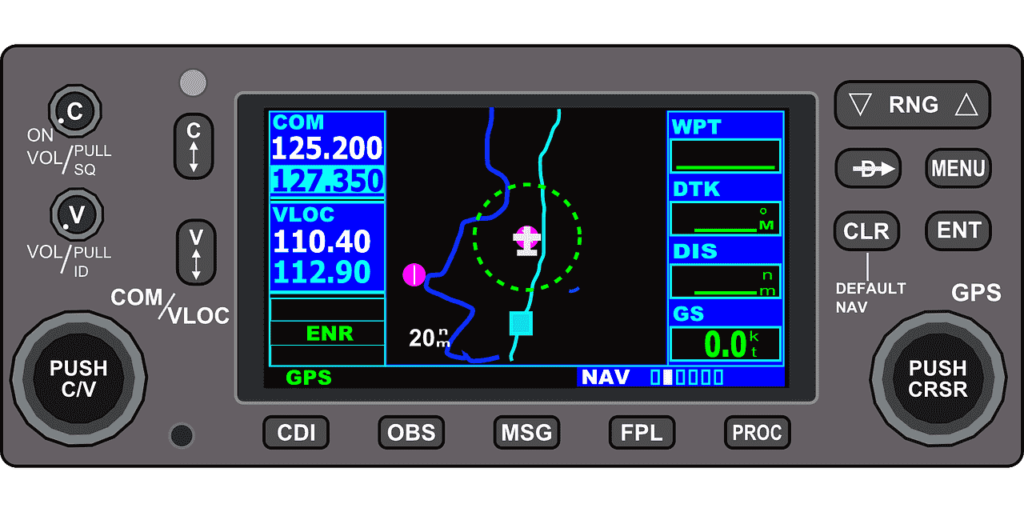
Aviation Meteorology:
This exam is of 100 marks and contains 50 questions carrying 2 marks each. You have to score 70 marks to pass this exam i.e., you need to have at least 35 questions right out of 50 questions to pass. The syllabus for the Aviation Meteorology exam is as follows:
- The Atmosphere: You will learn about the composition of our atmosphere and its properties. You will see temperature distribution in the Earth’s atmosphere and lapse rate at which it decreases as we increase our altitude. Pressure distribution, Altimetry, Air density and about International Standard Atmosphere(ISA) is learnt here.
- Wind: You learn what wind is and how its measurement is done. We see the primary cause and general circulation of wind. We learn what causes turbulence and types of turbulence we might face during flight and learn how to avoid them. Local winds and standing waves will be also included in the syllabus.
- Thermodynamics: This part isn’t as tough as its name. We just learn about humidity, dewpoint and relative humidity of air.
- Clouds and Fog: We see how clouds are formed and types of clouds in our atmosphere. We also learn about types of fog and their properties.
- Precipitation: We see which cloud gives which type of precipitation and types of precipitations.
- Airmasses and Fronts: We learn about different airmasses in our system and different types of fronts that exist in our nature. We learn about fronts properties and the weather around them. We also learn about occlusions of two fronts and effect on weather and the clouds they form.
- Pressure System: We learn about pressure systems and learn about high and low pressure also known as cyclones and anticyclones. You also see new terms such as ridge, trough and wedge.
- Climatology: This is one of the most interesting topics. In this topic you learn about the Indian climatology and what causes the weather in India. You will learn about 4 seasons in India (Pre monsoon{Summer}, Monsoon, Post monsoon and Winters). You will see winds that affect weather of India and pressure distribution along the sub continent during different weathers and what causes it. You will also learn about Western Disturbance that affects India during the winter season.
- Flight Hazards: We’ll learn about icing, turbulence, windshear, thunderstorms, inversions and how to avoid them and their effect on aircraft performance. We’ll also see hazards of flying in mountainous areas and see some visibility reducing phenomenons.
- Meteorological Information: In this section we see the types of observations and how they are reported. You will be taught about weather charts, METARs, TAF, SPECI, SIGMET and many more reports given to pilots or from pilots.
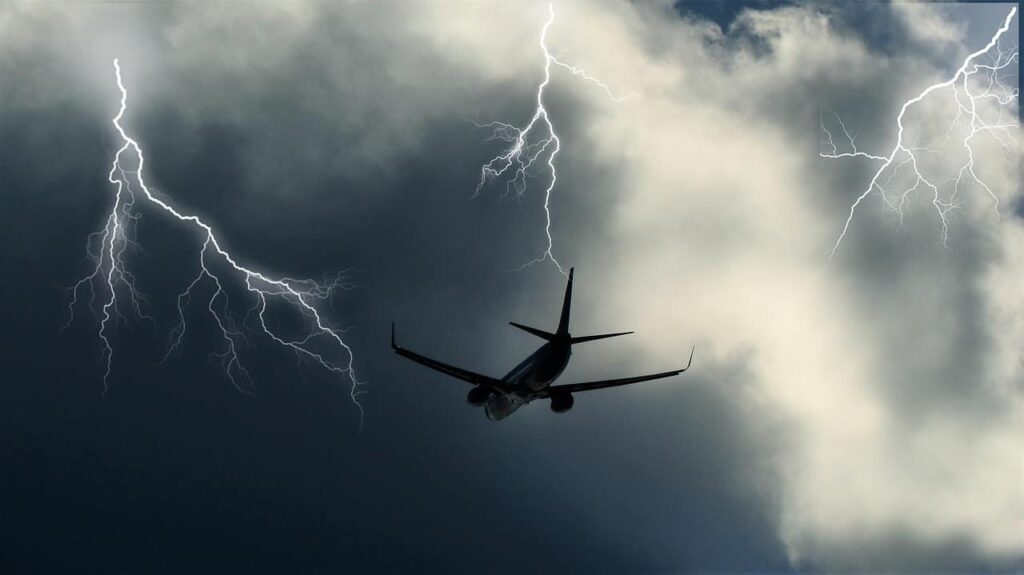
Air Regulation:
This exam is of 100 marks and contains 50 questions carrying 2 marks each. You have to score 70 marks to pass this exam i.e., you need to have at least 35 questions right out of 50 questions to pass. This exam contains theory-based questions with very few NIL numericals. The syllabus for the Air Regulation exam is as follows:
- Air Regulations: You’ll learn about conventions and international agreements used in aviation. In this we’ll mostly learn about annexures by DGCA and Air navigation rules. You also learn about Air Traffic Services and Aeronautical information Service. You will see a few sections of CARs and national laws.
- Human Performance and Limitations: We see limitations of humans in this and learn how to become competent pilot. We also see what proficiency and professionalism is. Flight safety concepts are covered here. We see composition, gas laws, oxygen requirements of tissues and pressure difference effects on our body. We also learn about spatial disorientation, illusions, approach and landing problems. This topic also focuses on personal hygiene, common minor ailments such as common cold. We also learn about rules related to alcohol consumption and rules related to flying after scuba diving. We see different types of personalities being taught here and advantages/disadvantages of cockpit automation.
- Operational Procedures: We learn about operational procedures in Special and emergency situations in flight. We see procedures to carry persons with reduced mobility, ashes of cremated ones and many special cases. We learn about FDTL and minimum crew that should be available on board. Equipment required for low visibility operations is also taught here. We learn what is Minimum equipment list (MEL). Actions to take if fire/smoke occurs, depressurization, windshear occurs as well as if any hijack occurs on flight. Transportation of dangerous goods is also taught here. We also learn about VFR and IFR communications and procedures in different situations of communication failure.
AIRCRAFT & ENGINE – TECHNICAL GENERAL:
This exam is of 100 marks and contains 100 questions carrying 1 mark each. You have to score 70 marks to pass this exam i.e., you need to have at least 70 questions right out of 100 questions to pass. The subject teaches us the aerodynamics of aircraft or in simple language, it teaches us how an aircraft fly? This subject teaches us A to Z about the structure and body of aircraft and systems involved in flying.
You’ll learn about wings, flight controls, stability, propellers, lift, drag, weight, thrust, and every flight concept in this subject. It’ll also teach you about systems involved such as fuel system, electrical system, landing gears, air conditioning, pressure systems, and much more. Apart from this, you will also learn the working and construction of both Jet & Piston engines. You won’t be required to give this exam if you’re converting your current foreign CPL to DGCA CPL. Apart from this we strongly recommend learning this subject because in pilot interviews most of the written questions and questions asked by the interviewer are from this subject.
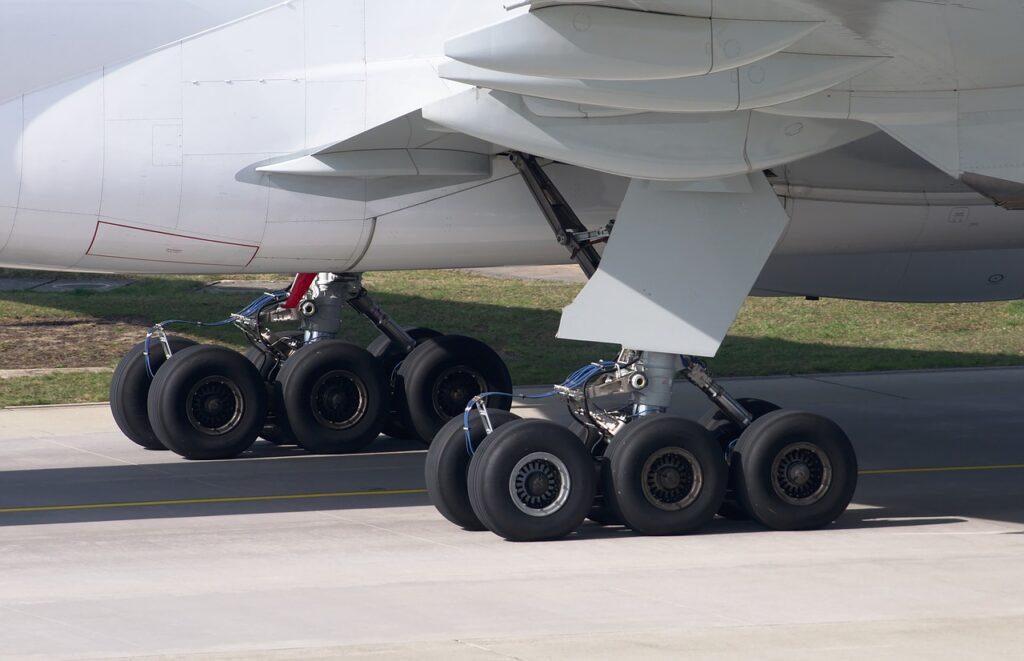
Technical Specific:
This exam is similar to that of technical general but contains questions related to a specific aircraft only.
Composite Paper:
This exam is of 100 marks and contains 100 questions carrying 1 mark each. You have to score 70 marks to pass this exam i.e., you need to have at least 70 questions right out of 100 questions to pass. This paper is only applicable to candidates who haven’t already cleared their Air Navigation and Aviation Meteorology exams and wish to convert their Foreign CPL to DGCA CPL. This paper is a mix of both Air Navigation and Aviation Meteorology subjects.
This is all you need to know about DGCA exams and I hope it helped you out and answered most of your questions. Feel free to leave comments if you have any questions and our team will be happy to answer you. You can refer to the syllabus here. You can also find the list of study material by clicking here.
After you complete your CPL the next big challenge for anyone is finding a job and cracking the interview. In this highly competitive market, we at AeroNefs provide a list of 1000+ verified jobs at various airlines and companies on our website. To know more about aviation you may click here and read more blogs by our team.
FAQs:
Is CX3 allowed in the DGCA exam?
Yes, you can take the CX3 calculator in the air navigation exam
Am I allowed to carry paper for rough work inside the DGCA exam center hall?
No. Any type of paper or paper piece is not allowed to be carried inside the examination hall.
Should I take coaching classes for DGCA exams?
It’s an individual choice to take coaching for the CPL examination. Many people find the Air Navigation exam difficult so they prefer taking classes for Air Nav.
How many exams are there in CPL?
There are a total of 6 exams for CPL depending on where you do your flying from(India/Foreign). Apart from this, you will need RTR(A) to gain your CPL.
How much does the CPL exam cost?
It costs 2500/paper for normally scheduled exams and 5000/paper for OLODE.


